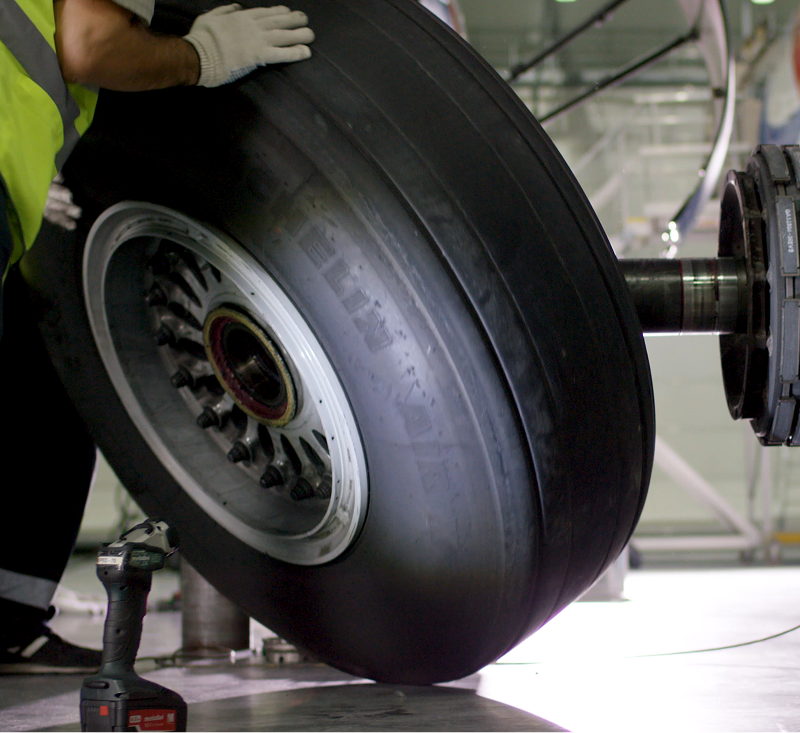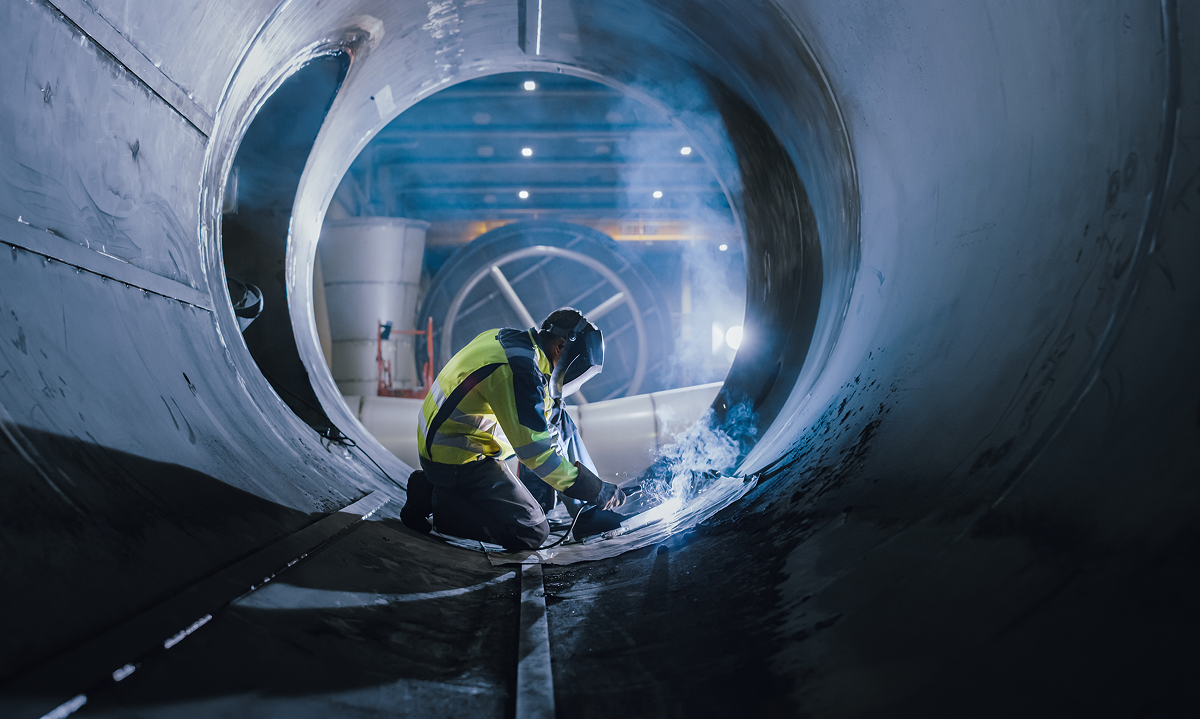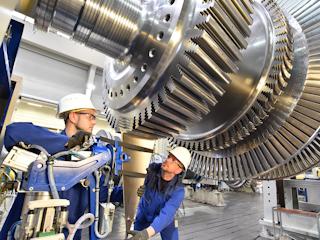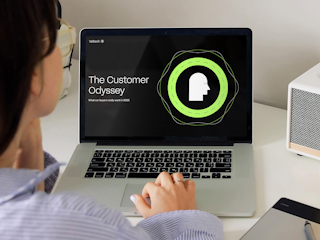B2B customers now expect the speed, simplicity and transparency they experience in consumer platforms. Research from Genesys finds that 97% of customers want seamless, consistent, omnichannel experiences without having to repeat themselves across channels. CMSWire highlights how consumers rank transparency and empathy among their top drivers of brand loyalty.
But meeting these expectations is only the baseline. The real opportunity is to lead the category, outperform best-in-class peers and redefine what excellence looks like in industrial B2B sales.
Internally, however, many organizations are still navigating a maze of legacy systems, fragmented data and disconnected teams, turning even routine sales into slow, resource-heavy efforts.
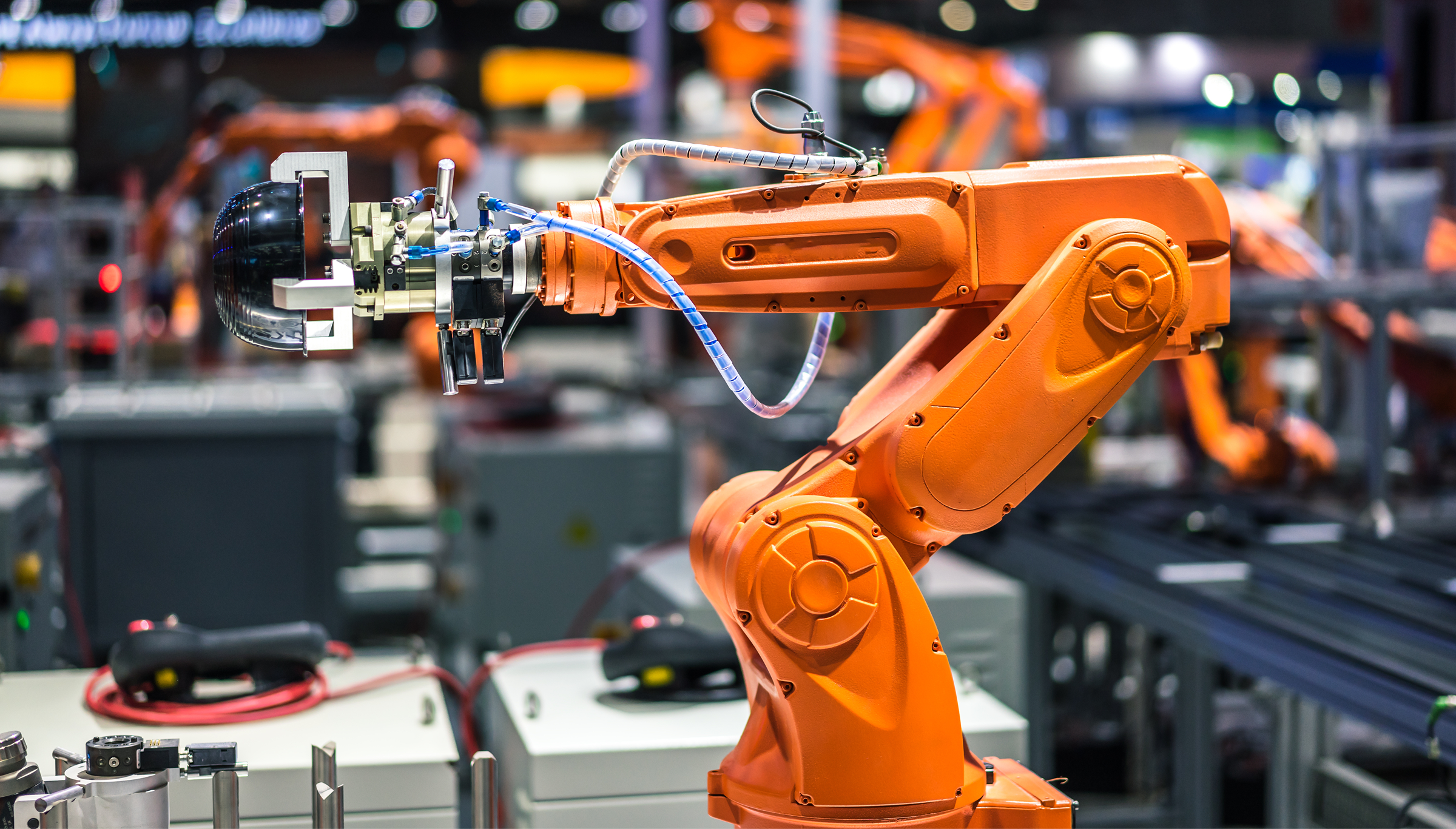
Meanwhile, the external environment is becoming more volatile:
- According to the World Economic Forum’s Global Risks Report 2025, geopolitical conflict and state-based instability are seen as the most immediate global risk — with direct implications for supply chain continuity.
- Maersk similarly notes that geopolitical disruption, trade tensions and material shortages are making global supply chains more fragile and harder to forecast.
- Labor shortages add to the pressure. The National Association of Manufacturers predicts U.S. factories alone will need to fill 3.8 million jobs in the next decade amid increased nearshoring efforts.
Layer on top of that a wave of rapidly evolving buyer expectations driven by digital-native behavior and AI adoption. Accenture reports that more than half of consumers are now comfortable using conversational AI to engage with brands, underscoring the demand for fast, personalized and tech-enabled sales interactions.
This shift isn't theoretical. We’ve seen it reshape entire industries:
- Xometry turned custom manufacturing into an on-demand ecommerce experience, delivering instant RFQs and fulfillment visibility.
- Airbus has integrated digital twins and predictive maintenance into its post-sales service model, transforming ongoing support into a competitive differentiator.
- Polestar reimagined automotive sales with a direct-to-consumer model that emphasizes digital-first engagement, allowing customers to configure and order vehicles online, bypassing traditional dealership dependency.
These aren’t edge cases. At Valtech, we believe the solution is not incremental optimization, but a fundamental redesign — a shift we call The Future of Sales. It’s not a nice to have. It’s already here.
And the companies embracing it today are setting the pace for everyone else.
The Future of Sales isn’t just about selling smarter. It’s about selling in a way that’s faster, more human, more connected, and ultimately more valuable and more rewarding.





